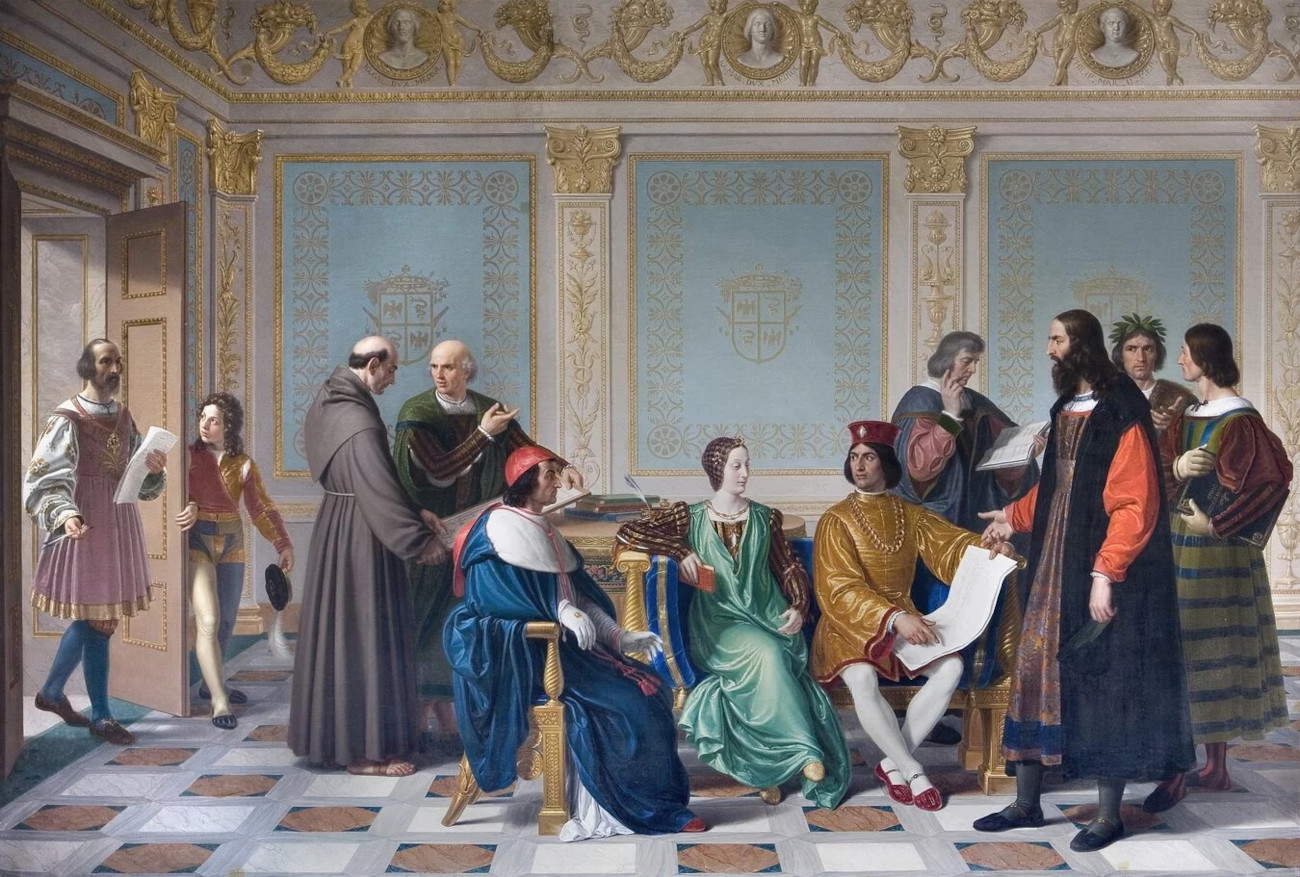An exhibition at the Gallerie d'Italia recounts Milan as a crossroads of the arts, from the Middle Ages to the 20th century
From November 23, 2024 to March 16, 2025, the Gallerie d’Italia in Milan will host the exhibition The Genius of Milan. Crossroads of the Arts from the Fabbrica del Duomo to the Twentieth Century, an exhibition that chronicles Milan’s role as a center of artistic and cultural innovation. The event, curated by Marco Carminati, Fernando Mazzocca, Alessandro Morandotti and Paola Zatti, is produced in collaboration with the Veneranda Biblioteca Ambrosiana.
Milan has been over the centuries a crossroads of cultures and a fertile ground for artists from abroad, thanks to the support of far-sighted patrons and collectors. This spirit of welcome and openness is the thread running through the exhibition, which explores the relationship between the city and the great masters who helped define its cultural landscape.
The exhibition itinerary, divided into ten chronological sections, begins at the end of the Middle Ages with the construction site of the Fabbrica del Duomo, where German craftsmen distinguished themselves. It then moves on to the Renaissance, marked by the work of Leonardo da Vinci and the patronage of the Sforza family, and continues through later eras with the influence of Cardinal Federico Borromeo, and the works of Sebastiano Ricci and Giambattista Tiepolo, who in the 18th century opened new horizons in the Milanese art scene. The tour continues into Neoclassicism with works that testify to the work of architect Giuseppe Piermarini, to whom we owe the extraordinary transformation of the city into a modern metropolis, moving on to the Romanticism of Francesco Hayez and the Divisionism of Segantini and Previati, the Futurism of Boccioni and the avant-garde movements promoted by gallerists such as Margherita Sarfatti that made Milan once again a protagonist from the 19th century until the postwar period, a period in which Lucio Fontana definitively strengthened the city’s role as the capital of contemporary art. The works on display recount not only the stylistic evolution but also the dialogue between local artists and personalities from other cities and countries, emphasizing the city’s role as a bridge between tradition and modernity.
The exhibition project will make use of a rich catalog with essays and scholarly sheets that will give an account of the updated studies on the themes and works presented. This is an opportunity to delve into Milan’s contribution to art, from the medieval period to the experiments of the 20th century.
On the occasion of the exhibition, the initiative La mostra in città (The exhibition in the city) also kicks off , aimed at discovering some of the figures particularly significant for the cultural and artistic history of Milan, in a journey involving the numerous collections of the Civic Museums.
For info: https://gallerieditalia.com/
Image: Giuseppe Diotti, The Court of Ludovico il Moro (1823; oil on canvas, 272 x 392 cm; Lodi, Museo Civico)
 |
| An exhibition at the Gallerie d'Italia recounts Milan as a crossroads of the arts, from the Middle Ages to the 20th century |
Warning: the translation into English of the original Italian article was created using automatic tools. We undertake to review all articles, but we do not guarantee the total absence of inaccuracies in the translation due to the program. You can find the original by clicking on the ITA button. If you find any mistake,please contact us.




























